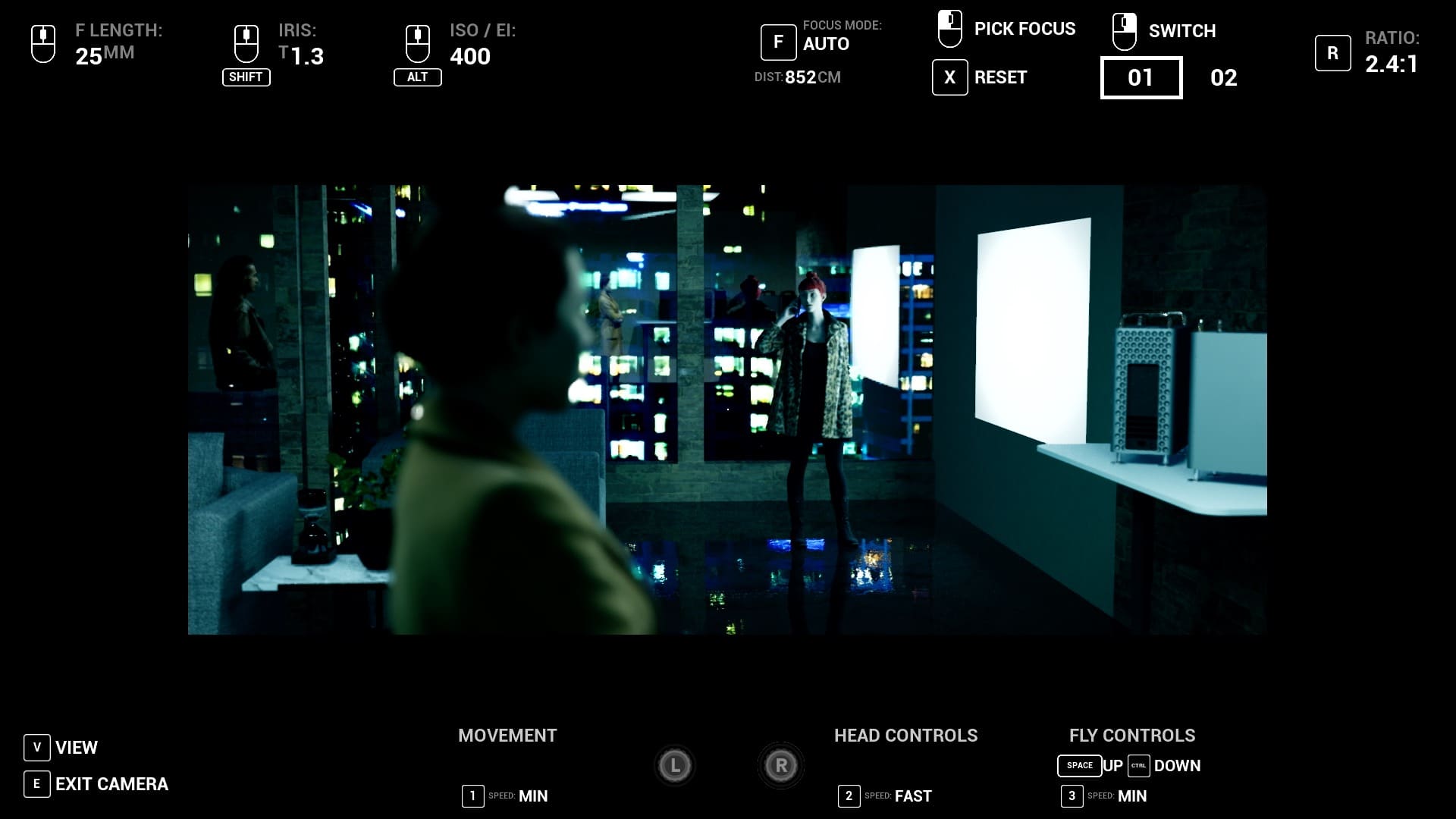


With an AQI of 183, Faridabad district also recorded moderate air quality, though slightly poorer than Gurugram. The Central Pollution Control Board’s air quality bulletin showed Gurugram had an air quality index (AQI) of 164 on Friday. Meanwhile, the air quality in Gurugram was in the moderate category. All measures are being taken to ensure that pollution levels are under control during the winter season.” I will not be able to comment before studying it. S Narayanan, member secretary of Haryana State Pollution Control Board (HSPCB), said, “I am yet to go through the data. The seasonal average of air pollutants in Faridabad (42), Gurugram (44), Manesar (51) and Dharuhera (43) during monsoon this year (from July 1 till October 15) was higher than the annual average. “If during monsoon, high levels of pollution are being reported when most of Delhi-NCR had good air quality, it will be very difficult to meet targets during winter, when external factors affect the air quality,” he added.Īccording to the 2009 National Ambient Air Quality Standards, the permissible PM2.5 level over a year-long period is 40µg/m³-eight times more than the revised threshold set by the World Health Organisation. Usually, the rain washes down all pollutants, but higher levels indicate that local sources of pollution are not being controlled.” Still Faridabad, Manesar and other cities of Haryana had high pollution levels. The analysis shows these locations show significantly higher seasonal average compared to the rest of the region.Īvikal Somvanshi, programme manager for sustainable cities with CSE, said, “During monsoon, there are no external factors, such as temperature drop and stubble burning that come into play during winter, that will affect the air quality. Three more locations, including Manesar and Faridabad’s Sector 11, emerged as potential pollution hotspots this monsoon. The analysis assessed the annual and seasonal trends in PM2.5 concentration from Januto October 15, 2021.Īs part of the study, 14 new locations in NCR were identified last winter as emerging hotspots, half of which registered lower PM 2.5 concentration this monsoon compared to city and regional averages. The objective of this new analysis is to understand the starting line of the onset of pollution during the pre-winter levels in this region. The analysis is a continuation of the air quality tracker initiative of the Urban Data Analytics Lab of the CSE that was started last winter. The study found Faridabad’s Sector 11 had the worst air this monsoon in the NCR with 64 ug/m3 (micrograms per cubic meter) of pollutants. Faridabad and Manesar in the National Capital Region (NCR) were identified as pollution hotspots this monsoon as when most of NCR breathed clean air, these two regions reported high pollution levels during the season, found a recent analysis of air quality trends conducted by the Centre for Science and Environment (CSE), which released the data on Friday evening.


 0 kommentar(er)
0 kommentar(er)
